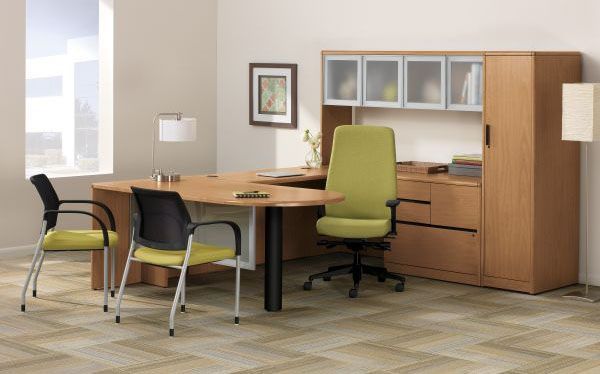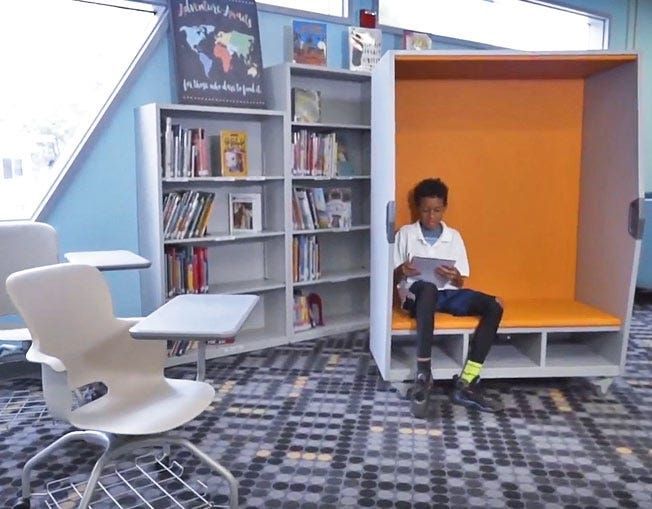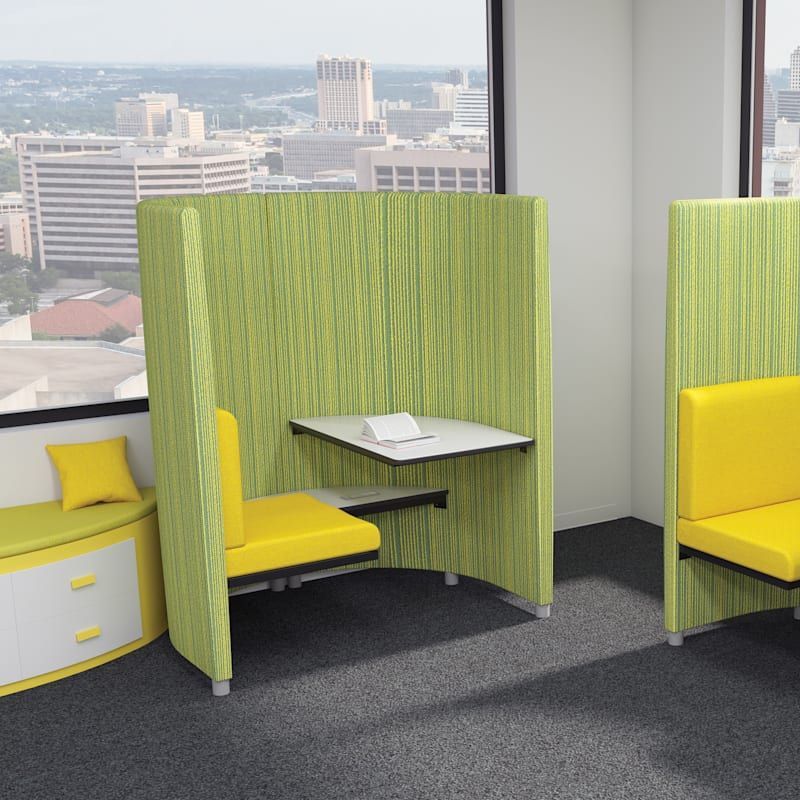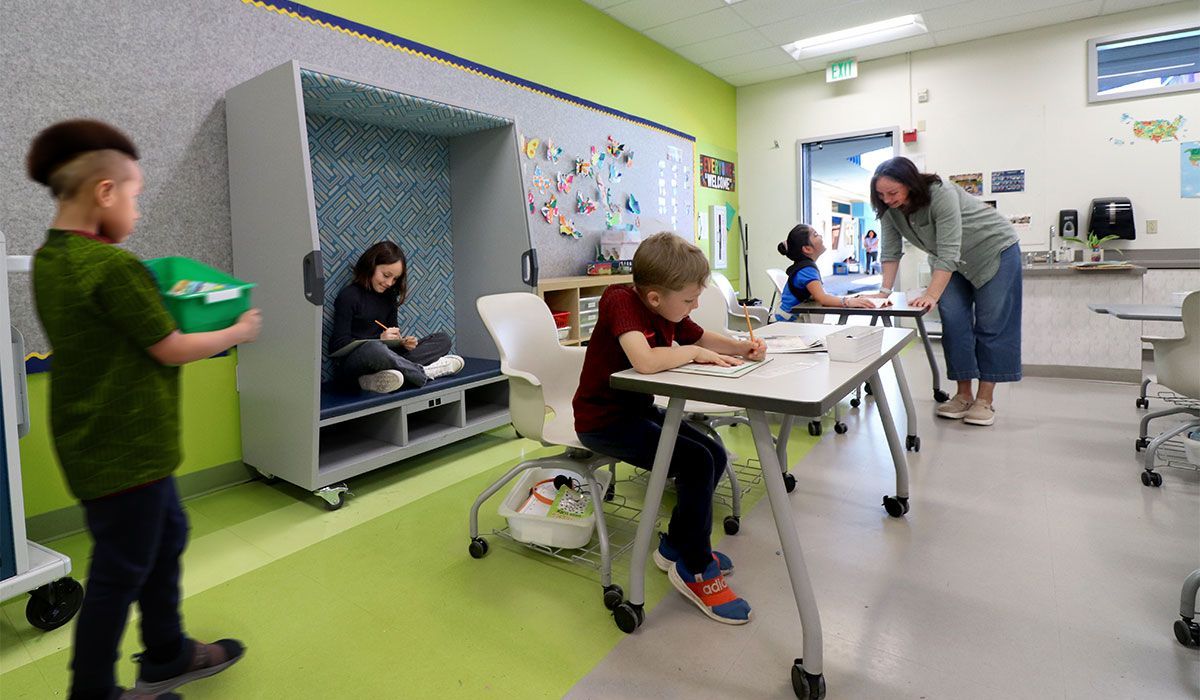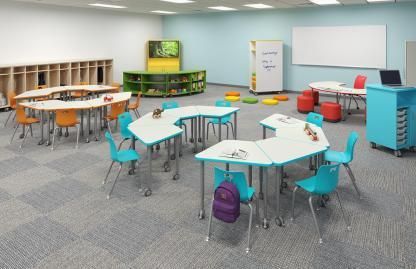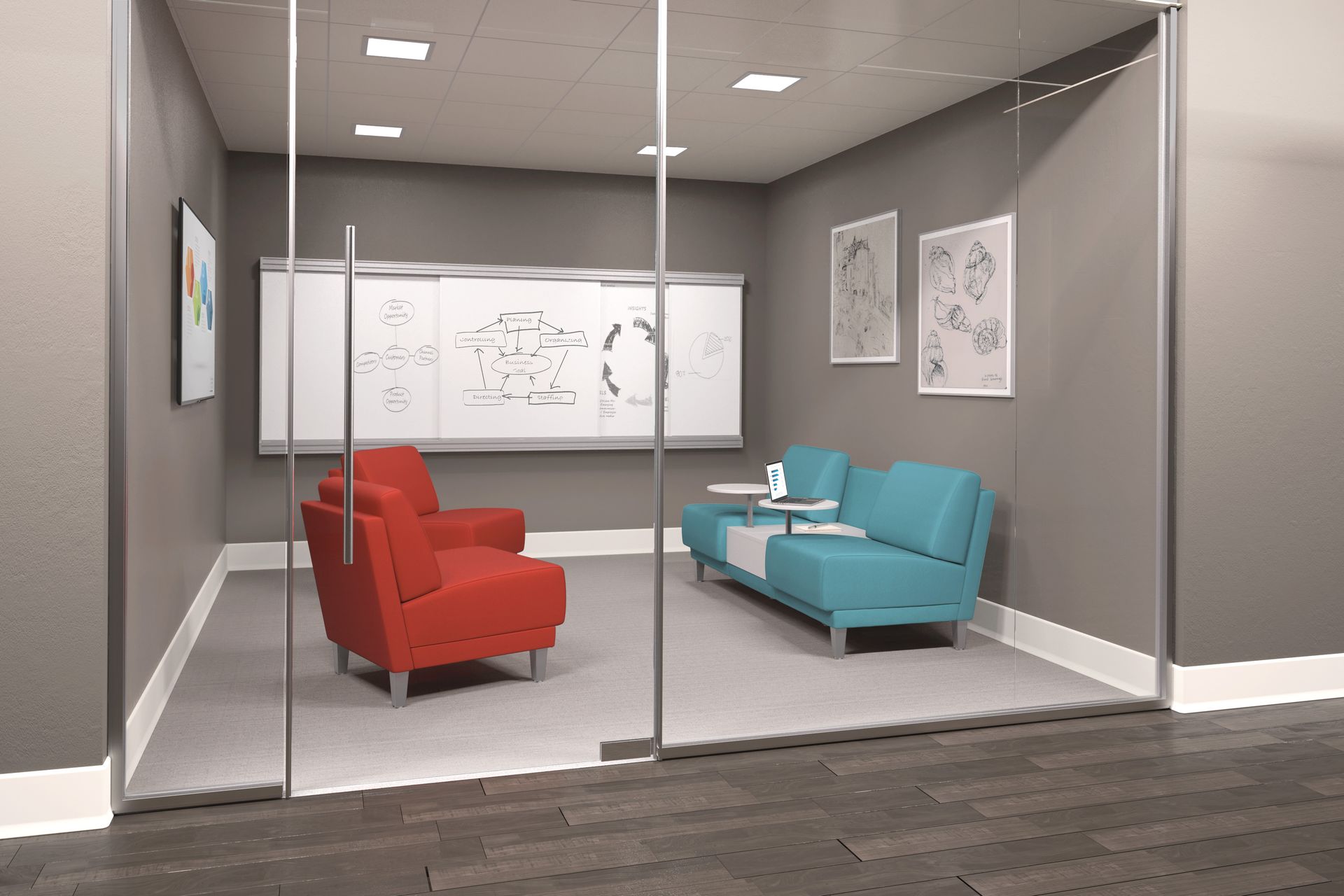Top Five Considerations for Alternative Learning Spaces and Classrooms
As the education landscape continues to evolve, so does the design of the classrooms themselves.
Today’s learners benefit most from spaces that adapt to their needs—spaces that support creativity, collaboration, and comfort. Alternative learning environments are no longer a trend—they’re an essential component of modern education.
Whether you're outfitting a media center, innovation lab, or breakout room, these five design strategies will help you create student-centered environments that are inclusive, engaging, and future-ready.
1. Flexible Layouts: Furniture That Moves With the Moment
The modern classroom must support a wide range of activities—from independent study and small group discussions to full-class instruction and hands-on exploration. That calls for furniture that’s easy to move, rearrange, and repurpose.
- Opt for
lightweight tables with casters that allow quick shifts in layout.
- Use
modular desks and
nesting chairs that can be grouped or separated as needed.
- Consider
foldable or stackable elements for maximizing usable space between sessions.
According to Education Week, schools that adopt flexible layouts see a 23% increase in student engagement and collaboration, underscoring the value of adaptable spaces.
2. Multi-Sensory Design Elements: Support for All Types of Learners
Students process information in different ways, and designing for multi-sensory engagement helps meet varied learning needs—particularly for neurodivergent students and early learners.
- Include
textured wall panels or flooring for tactile stimulation.
- Use
sound-absorbing materials to minimize distractions and promote focus.
- Integrate
interactive visual tools, such as wall-mounted whiteboards or magnetic surfaces, to support hands-on learning.
Multi-sensory environments have been shown to improve learning outcomes, especially in students with sensory processing challenges, according to a 2021 report from the Center for Applied Special Technology (CAST).
3. Comfortable Seating Options: Making Space for Choice
When students are comfortable, they’re more likely to stay engaged and take ownership of their learning. Alternative seating promotes autonomy and supports a variety of learning preferences.
- Offer
beanbags, floor cushions, and lounge-style chairs in addition to traditional seating.
- Provide
soft seating in reading or relaxation zones for quieter moments.
- Design
zones within the room that give students the ability to choose their ideal learning posture and location.
Flexible seating also supports movement, which studies have linked to improved focus and behavior—especially in younger age groups.
4. Technology Integration: Built-In Access for Digital Learning
Digital learning is no longer optional—it’s integrated into every subject and grade level. Your space should make tech access seamless and natural.
- Use
device-compatible desks or tables with built-in cable management and power access.
- Provide
screens or interactive whiteboards for shared digital collaboration.
- Incorporate
portable charging stations or built-in USB ports to support 1:1 device use.
A 2023 Education Market Association study found that 81% of educators believe classroom technology enhances learning—when it’s easily accessible and reliable.
5. Inclusive Design: Spaces That Welcome Everyone
Designing for inclusion goes beyond ADA compliance. It’s about creating a learning environment where every student can thrive, regardless of physical ability or learning style.
- Ensure
clear pathways and ample room for mobility aids.
- Provide
adjustable-height tables for wheelchair users.
- Use
color and contrast to assist visually impaired students.
- Include
quiet zones or
privacy dividers for those who may be overwhelmed by stimulation.
Inclusive environments promote equity—and equity builds stronger, more successful classrooms.
Alternative learning spaces don’t just support new teaching methods—they foster autonomy, creativity, and connection. With the right combination of flexible furniture, tech integration, sensory-friendly design, and inclusion-focused planning, schools can create environments where
every student has a seat, a voice, and a path forward.
